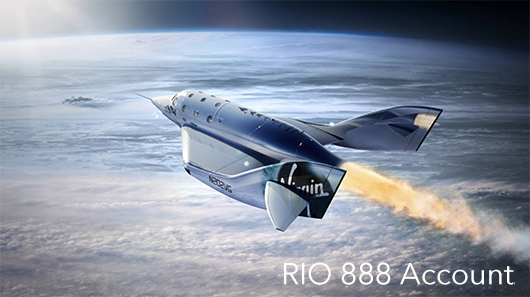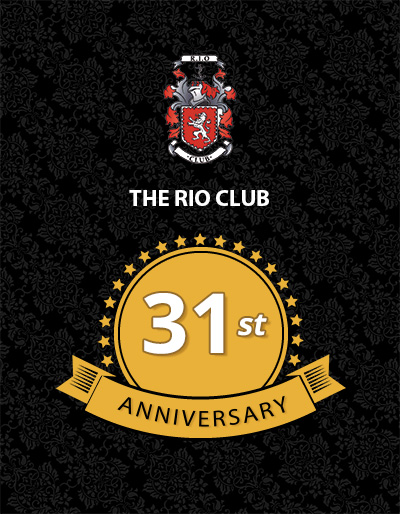


RIO Press Articles |
| Globe Asia - Jun 2011 |
| Globe Asia - Currency Wars Nov 2010 |
| Player Magazine - Born Trader 2009 |
RIO ARC Reports |
| ARC GBP Report Jul2025 |
| ARC USD Report Jul2025 |
| ARC USD Report Apr2025 |
| ARC GBP Report Mar2025 |
| ARC USD Report Mar2025 |
RIO Platinum USD/GBP Reports |
| RIO Platinum USD Oct2025 |
| RIO Platinum USD Mar2025 |
| Platinum Report Feb2025 |
| RIO Platinum GBP Oct2024 |
| RIO Platinum USD Jun2024 |
RIO Silver Lining Reports |
| RIO Silver Lining USD Oct2025 |
| Silver Lining GBP Jul2025 |
| Silver Lining Report Feb2025 |
| Silver Lining Report Feb2025 |
| Silver Lining USD Report Oct2024 |
RIO Currency Concept Reports |
| Currency Concept Report Apr2025 |
| Currency Concept Report Apr2025 |
| Currency Concept Report Oct2024 |
| Currency Concept Report Jul2024 |
| Currency Concept Report Dec2023 |
RIO Property Reports |
| RIO Property Oct2025 |
| Property Report Apr2025 |
| Property Report Mar2025 |
| Property, a focus on Scotland Oct24 |
| Property Report Oct2024 |
RIO Regular Reports |
| Regular USD Report Oct2025 |
| Regular USD Report Jul2025 |
| Regular USD Report May2025 |
| Regular GBP Report May2025 |
| Regular GBP Report Apr2025 |
General RIO Club Reports |
| RIO Smart Money Oct2025 |
| Britain not so Great for some |
| Gold Report Nov2023 |
| Gold Jan2023 |
| End of Year Summary 2022 |
General Investment Reports |
| Will the Fed cut interest rates? |
| Gold |
| The UK Budget |
| The Election is Over! |
| Gold Report Mar2024 |
RIO Charity and Sponsorship |
| RIO Sponsors ATGT 2025 |
| RIO Sponsors GTC Marbella 2025 |
| RIO Sponsors Garden Party Spain |
| RIO Sponsors FUFGT 2025 |
| RIO Sponsors German Open Cup 2025 |
Health Wealth and Happiness

Download the historic RIO magazines
NASA gets set to put astronauts on Blue Origin and Virgin Galactic suborbital flightsNASA Administrator Jim Bridenstine signaled today that astronauts would soon be cleared to take suborbital spaceflights aboard the commercial rocket ships being tested by Virgin Galactic and by Amazon CEO Jeff Bezos’ Blue Origin space venture. “NASA is developing the process to fly astronauts on commercial suborbital spacecraft,” Bridenstine said in a tweet. “Whether it’s suborbital, orbital or deep space, NASA will utilize our nation’s innovative commercial capabilities.” Bridenstine said the details will be laid out in a request for information to be released next week. Efforts to get further information from NASA Headquarters weren’t immediately successful. For the past few years, NASA has funded flights for scientific payloads on commercial suborbital spacecraft and high-altitude balloons through its Flight Opportunities program. Blue Origin’s New Shepard spaceship and Virgin Galactic’s SpaceShipTwo rocket plane have won millions of dollars’ worth of contracts through that program. Neither of those spacecraft has been cleared to take on paying passengers yet, but in January, NASA said it was seeking input from the suborbital space science community about procedures for letting guest researchers accompany their payloads on spaceflights. NASA officials touched on the topic again during space conferences in February and March. At the time, there were concerns about having astronauts or other NASA employees fly on suborbital spacecraft due to potential liability issues, but Bridenstine said he wanted to find a way to include astronauts. Today’s tweet suggests that NASA has found a way. The idea of NASA funding space rides for researchers and astronauts goes back more than a decade. Lori Garver, who served as NASA’s deputy administrator during the Obama administration, said today in a series of tweets that such a plan had been drawn up back in 2013, “but once I announced it — status quo astronauts got it overturned.” “They primarily used the ‘safety’ argument,” Garver tweeted. “I said policy change was to incentivize/prime the pump, and people wouldn’t fly until vehicles were certified, etc. Back then anything that wasn’t developed, owned and operated by the government (including the Russian government) was suspect.” When it comes to flying people commercially, suborbital spaceflight is on a different track from orbital spaceflight. On the orbital track, NASA astronauts Bob Behnken and Doug Hurley made history last month when they flew to the International Space Station in a SpaceX Crew Dragon capsule. On the suborbital track, Virgin Galactic has sent its VSS Unity SpaceShipTwo rocket plane beyond the 50-mile altitude mark twice, minting a total of five commercial astronauts. Blue Origin, meanwhile, has put its New Shepard craft through 12 uncrewed flight tests. Nearly 700 people have put down as much as $250,000 each for suborbital space rides on VSS Unity, and those commercial flights could begin at Spaceport America in New Mexico as early as this year. Blue Origin had been aiming to start flying people on test flights this year, but it’s not clear how the coronavirus pandemic will affect that schedule. The company hasn’t yet started taking reservations. Although Blue Origin hasn’t set its ticket price, CEO Bob Smith said the first tickets would cost “hundreds of thousands of dollars.” Both flight profiles provide rocket-powered jolts of high-G forces, plus a few minutes of weightlessness at the top of the ride. That’s not enough for your typical space station experiment, but it is enough to allow for short-term zero-G experiments, initial tryouts for space hardware and a taste of the space experience. Today, executives at both companies hailed Bridenstine’s tweet. “This is big news,” George Whitesides, CEO of Virgin Galactic Holdings, said in a tweet. “Across a range of programs and destinations, NASA is catalyzing innovation and leading the way toward a positive future in space. We look forward to working with the agency to advance this exciting capability to fly NASA astronauts.” Clay Mowry, Blue Origin’s vice president for sales, marketing and customer experience, was far more succinct. He tweeted out a single word, “Yes,” followed by a rocket emoji and three astronaut emojis. |